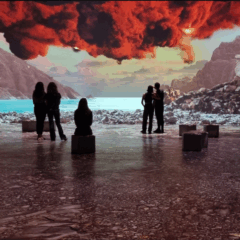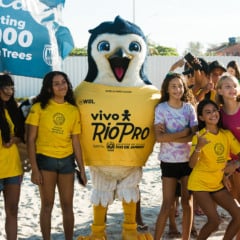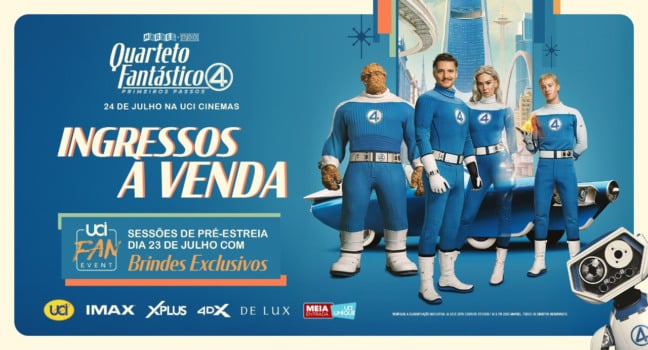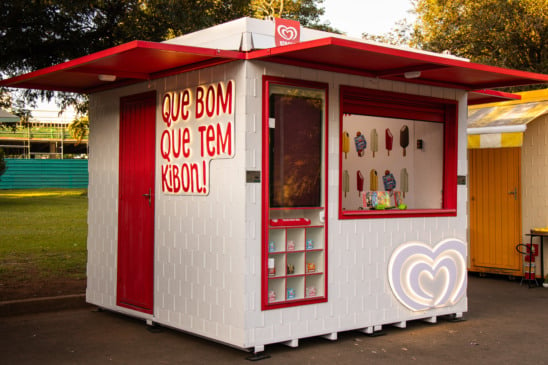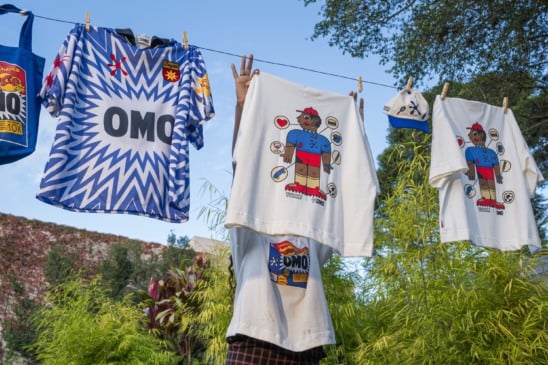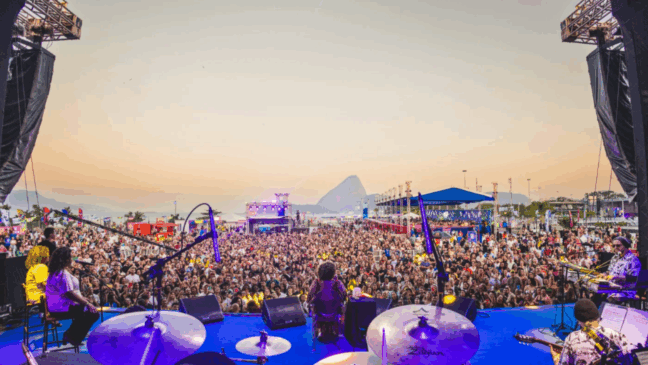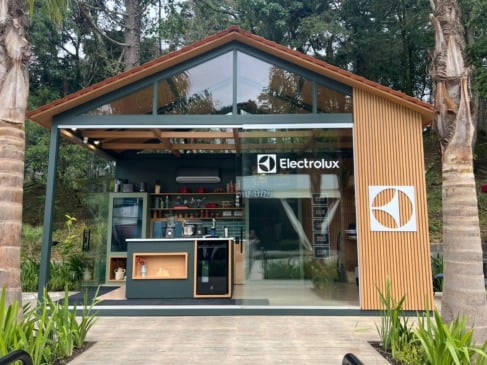Outdoor-apparel brand Merrell is using virtual reality to get back to its outdoor roots and re-engage with its core consumers — adventure-lovers. The brand ran a “walk around” Oculus Rift experience at the Sundance Film Festival last month in what the company said will be the first of many virtual reality activations.
The project comes as the 30-year-old company, owned by Wolverine Worldwide, aims to redefine its brand voice under the leadership of Gene McCarthy, who became president of the company in August 2013.
“We don’t own this brand, consumers do. We just manage it for them.”, said Mr. McCarthy, who joined Merrell from Under Armour in 2012 after stints at Nike and Reebok. “What I’m trying to do is go from being a shoe company to being a brand and start a dialogue with consumers on their terms.”, added.
As part of a shift to a more modern marketing approach, Mr. McCarthy hired former Arkansas head of marketing at Blue Goose Pure Foods Jim Bailey as CMO and former-L’Oreal marketing executive Jamie Mandor as head of global brand marketing late last year.
Mr. McCarthy said he was looking for candidates who had experience reinventing brands with an emotional peg for consumers, which is what Ms. Mandor did for Essie nail polish at L’Oreal and Mr. Bailey did at Blue Goose Pure Foods.
“To come on board at a pivotal moment in terms of defining a future voice for a brand is an amazing opportunity,” said Ms. Mandor, who was excited to join the company because of her passion for hiking and other outdoor activities.
Merrell’s “TrailScape” experience, created by Framestore, is the first-ever “walk around” commercial virtual-reality experience. Its debut at Sundance coincided with the launch of Merrell’s new Capra hiking boot, which was inspired by a type of goat that lives in the Dolomite Mountains in Italy.
The activation allows users to virtually walk through the mountainous region, and the experience is supported with physical elements like ropes that mark a bridge, a rock wall and fans that simulate wind.
It aimed to inspire adventure and encourage people to explore the outdoors. “We feel our purpose is to be a catalyst and outlet to get to the outdoors,” said Mr. McCarthy.
The company decided to invest in digital technology in an effort to reach a broader consumer base and revive the brand as its core customers, who are mostly over 40-years-old, start to age.
“I wanted to freshen the brand up and give it a loud voice, but I wanted to do it in a way that was appealing to a broader audience and that’s more youthful.”, said Mr. McCarthy. He said he was inspired when he saw a two-year-old using a smartphone on an airplane and wondered whether technology could influence the child to go to hiking somewhere like the Alps when he was older.
Ms. Mandor says the technology is the best way to communicate with Merrell’s target market — outdoor enthusiasts who love adventure. “It’s changing the way we speak and communicate with our our customers.”, said Ms. Mandor. “Taking that first step into virtual was a great way to inspire those adventures.”, added.
Development for “TrailScape” took about six months from concept to completion, Ms. Mandor said. The project was a learning experience for both Merrell and Framestore as they explored the opportunities offered by virtual reality and coped with the limitations in the space.
Framestore, inspired by the Star Trek Holodeck and Nonny de la Pena’s work at USC Annenberg, was interested in walk-around virtual reality and thought Merrell was the right brand to try it. It was a learn-as-you-go experience, said Mike Woods, executive creative director at Framestore.
“It’s a brave new world in a lot of ways,” said Mr. Woods. “It’s highly unlikely that the original concept will be the final deliverable because we learn stuff as we go.”, added.
The nature of the production process also makes it a big client-management task, he said.
Merrell had to learn what was possible with the technology. For example, Ms. Mandor wanted users to be able to see their shoes so Merrell could show off its product. But the Oculus Rift doesn’t have the ability for you to see your body.
“As a marketer, it was one of the first things I saw as I went through the experience,” said Ms. Mandor. Merrell will increase its budget year-over-year for the next three years, Ms. Mandor said. “It’s a conscious effort to invest in the consumer conversation,” she said.
In 2013, Wolverine Worldwide spent U$3.8 million on U.S measured-media for Merrell, according to Kantar Media. Hill Holliday is Merrell’s agency of record.



